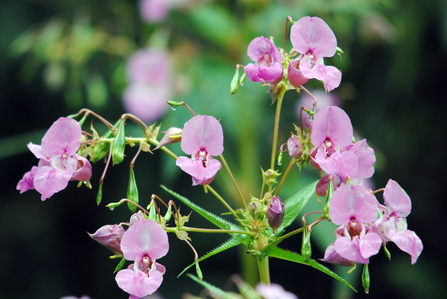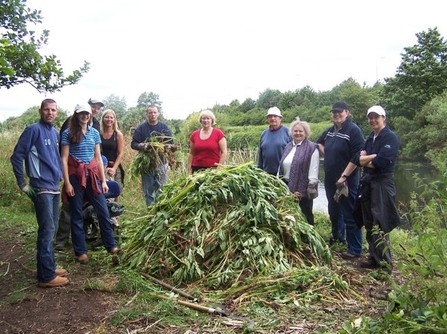In our Derwent Living Forest, we are creating opportunities for people to volunteer, learning a little more about wildlife, experiencing the benefits of time in nature, and getting stuck into activities that have direct positive impact.
This act of taking part in nature’s recovery has been linked to clear wellbeing and health benefits, so we are committed to providing more and different volunteering opportunities that will help all people to get involved.
One of our most popular volunteering activities is invasive species management.



